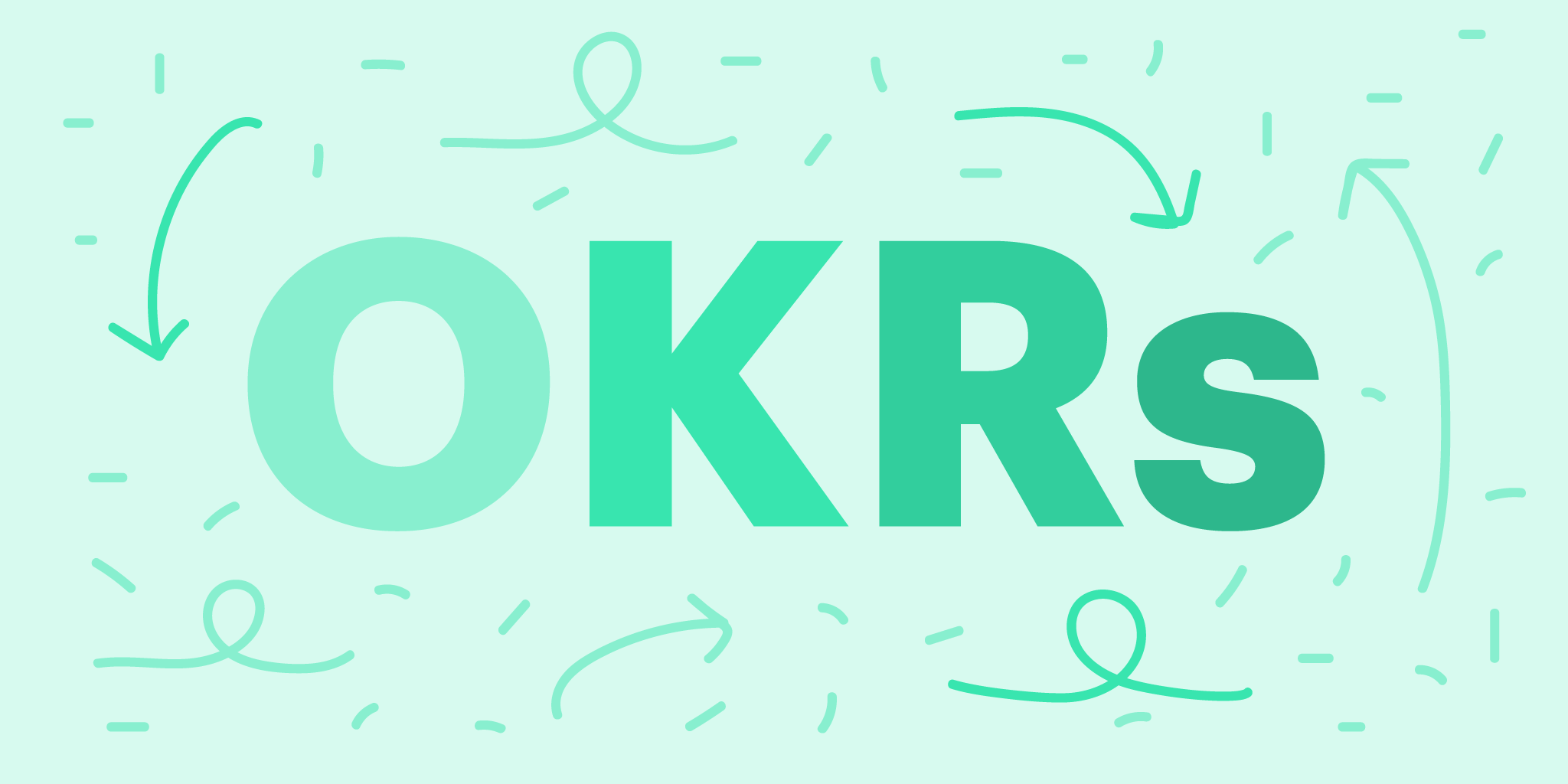OKRs (Objectives and Key Results) guide large-scale goals, usually at a company or departmental level. An OKR defines an objective as a process requiring substantial effort to attain and includes a series of measurable key results to track progress. The purpose of an OKR is to push companies forward with challenging goals.
As such, you need to take a different approach to OKRs than other goal-setting systems. The following OKR tips will help you create and implement the best possible objectives and key results.
Dream Big
Most goal-setting tips advise setting achievable but realistic expectations. This isn’t the case with OKRs. Instead, OKRs demand you think big. Set your objective at a level just beyond what seems possible. The intent is to push yourself to new heights, with the very real possibility you’ll fail to fully achieve your goal.
Failure IS an Option
This is one of the most important aspects to understand about OKRs: failure to reach OKR objectives is not a disaster. In fact, it’s to be expected. Google, which makes heavy use of OKRs, considers coming within 60 to 70% of an OKR objective as the “sweet spot.” The goal is less about complete success and more about building a culture in which your team feels comfortable pushing themselves to the limits of their performance. If you have a 100% completion rate on your OKRs, you’re likely not aiming high enough.
Keep OKRs out of Performance Reviews
While SMART goal-setting tips recommend using goal results as data for performance reviews, OKR results should be kept separate from employee evaluations. OKR results typically fall below their optimum objectives, so using them to evaluate performance will quickly put employees on the defensive, creating a culture in which OKRs are seen as unfair expectations rather than opportunities for growth. Instead of influencing employee evaluations, low OKR results are best used to guide the development of new OKRs.
SEE ALSO: How to Effectively Change Performance Management
Numbers, Numbers, Numbers
To have any meaning, OKRs must be quantifiable. Key results should be associated with numerical values. For instance, “train employees in new customer service procedures” is too vague to be included in an OKR. “Train twenty employees in new customer service procedures by July” is quantifiable. This leads us to our next OKR tip…
OKRs Are Time-Bound
OKRs have specific deadlines, usually due within a year of the OKR’s start date. Setting a firm deadline creates a sense of urgency that would otherwise be lacking. Firm deadlines also help quantify OKR results. If your objective was to increase sales by 50% over six months, and you instead increased sales only by 30%, you have a better idea of what your sales department is capable of moving forward.
OKRs are Transparent
Everyone from your CEO to your interns should know who is working on which OKRs and what the desired outcomes are. Transparency increases interdepartmental collaboration and encourages employees to support each other as they pursue OKRs.
OKRs Must Align with Company Goals
No matter how compelling a possible OKR objective seems, it’s of little use if it isn’t in alignment with your company goals. Ideally, each level of the company has an OKR supporting the level above it — individual OKRs support team OKRs, which support department OKRs, which support big-picture company OKRs, which are chosen based on the company’s values and mission. When each level supports the next, everyone involved collaborates, moving towards the larger company goal.
Communication and Motivation
Communication is vital throughout the OKR process. Managers should track individual and team progress, checking in regularly through team meetings and 1:1 meetings to address employee concerns and keep people motivated and on track. Goal management software helps keep lines of communication open, providing a framework in which team members can brainstorm and collaborate.
Have your tracking and communication processes established before rolling out your OKR. None of the other OKR tips on this list will be of much help if you don’t. Without clear communication systems in place, your OKR progress will quickly become disorganized, interfering with your organization’s ability to pursue OKRs while negatively impacting employees’ perceptions of the OKR system’s value.
Limit the Number of Active OKRs
One final goal-setting tip: Limit the number of big-picture OKRs to no more than two or three. Having any more puts unnecessary pressure on your employees while diluting how much attention and effort they can give to each OKR. Choose the most compelling OKRs, track your progress towards your goals, and use the data from previous OKRs to determine your next objectives.
SEE ALSO: The HR Innovator’s Guide to OKRs
